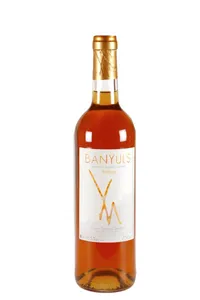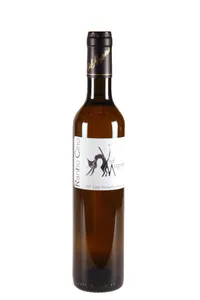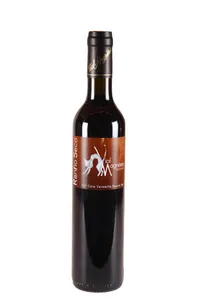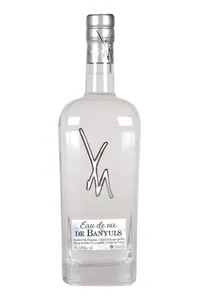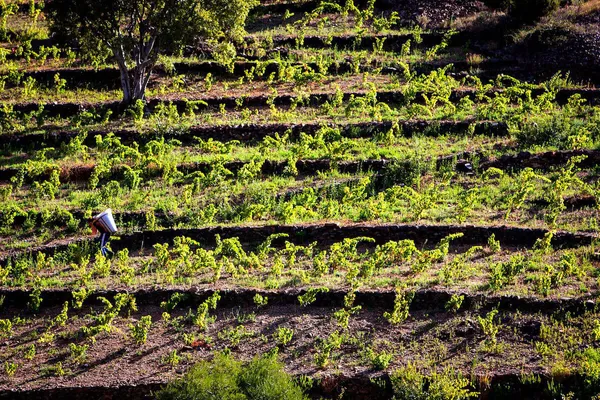The Vial Magnères cellar was built in the 1960s by Gaby Vial, the father-in-law of the late Bernard Sapéras. Mr Vial himself had taken over from his father-in-law, André Magnères, hence the name of the estate. When he arrived in 1985, Bernard Sapéras was only there to assist his father-in-law in the production of Banyuls. But he quickly developed a passion for winemaking, humbly imprinting his style and signature. Today, and since his tragic death during the 2013 harvest, the estate is in the hands of Olivier Sapéras (his son) and Laurent dal Zovo, a talented oenologist who also manages the viticulture team and, of course, the cellar.The 10-hectare vineyard is mainly located between Banyuls and Cerbère, on the coastal fringe overlooking the Mediterranean Sea. It includes several sectors, with different exposures and morphologies. The soils are made up of Cambrian metamorphic rocks, essentially composed of decomposing schist. The dominant grape variety is, as it should be, Grenache in its three colours: black (65%), grey (15%) and white (11%), often planted in the same parcels. This high proportion of white and grey Grenache dates back to the time when the estate mainly produced tiled Banyuls. Since then, the renewals (1200 to 1500 vines per year, on average) have been made by massal selection and from black Grenache. The remaining 9% is devoted to Syrah, Carignan and a small part of Mourvèdre (a few acres). The vines are all trained in gobelet: on the one hand because Grenache is a short-wooded variety and resistant to the tramontane; and on the other hand because trellising would be difficult to carry out.At the estate, working the soil has always been important and considered as such. To do this, three workers are employed full time. The harvest is done by hand, as is all the work in the vineyard, due to the uneven topography and the goblet system. The yields hardly exceed 20-25 hl/ha for the Banyuls. For the reds, the grapes are entirely destemmed. The vinification takes place with complete temperature control. Here, we privilege the mutage on grains for the production of Vins Doux Naturels. Initially, the different vintages were all matured in tuns, and then the half-muid was gradually imposed for the maturing of the rancios. The estate produces a wide range of wines, with dry white and red wines in oxidative (Ranfio cuvées) or reductive (Collioure) modes, and white and red Banyuls of all types: fruity (Rimage), slightly oxidative (Tradition, Grand Cru) or Rancios (Gaby Vial, Al Tragou, Ambré). In their specialities, all the cuvées are at the top of the region and the mutés (Banyuls) wines are among the most beautiful in the world.

